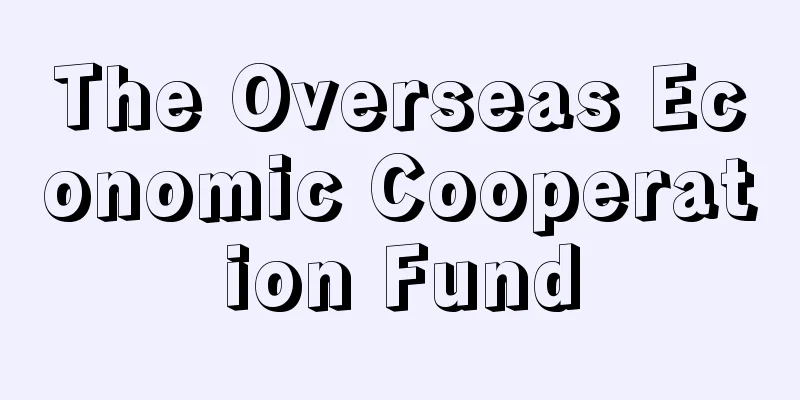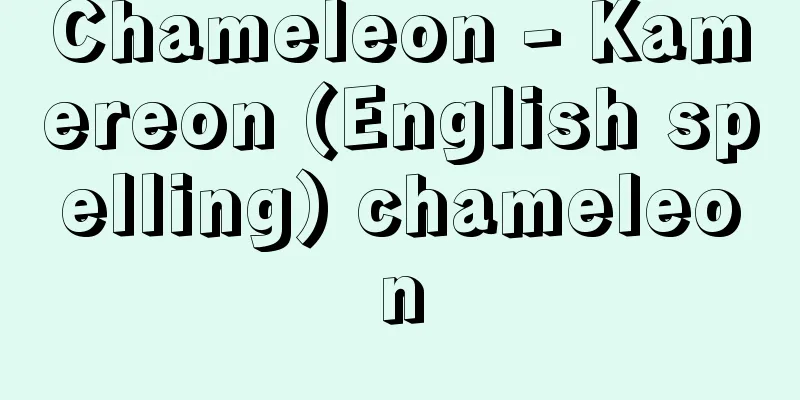The Overseas Economic Cooperation Fund

|
Founded in March 1961 under the Overseas Economic Cooperation Fund Act, OECF is a fully government-funded financial institution. Its purpose was to provide the necessary funds for industrial development and economic stability in Southeast Asia and other developing regions, and to promote economic cooperation. Its lending operations are divided into two categories: direct loans to the governments or government-related organizations of developing countries, and general loans or investments to Japanese companies engaged in development projects in developing countries. The former are loans with a grant element of 25% or more, while the latter are projects that the Export-Import Bank of Japan (at the time) would find difficult to lend to, such as experimental projects in agriculture, forestry, and fisheries, and mining exploration. Direct loans accounted for the majority of its lending performance, and they were notable for being concentrated in the Asian region. In March 1995, as part of the streamlining of public corporations, the Cabinet decided to merge the JBIC with the Export-Import Bank of Japan, and in October 1999, the JBIC merged with the Export-Import Bank to become the Japan Bank for International Cooperation. As a result of subsequent policy-based finance reforms, the JBIC's overseas economic cooperation operations and part of the Ministry of Foreign Affairs' grant aid operations were taken over by the Japan International Cooperation Agency (JICA) in October 2008. The JBIC's international finance operations became a division of the Japan Finance Corporation, and was then separated from the Japan Finance Corporation in April 2012 to become the Japan Bank for International Cooperation. [Kenji Akiyama] [References] | | |Source: Shogakukan Encyclopedia Nipponica About Encyclopedia Nipponica Information | Legend |
|
1961年(昭和36)3月に海外経済協力基金法に基づいて設立された全額政府出資の金融機関。略称OECF。東南アジアその他の開発途上地域の産業開発と経済の安定のために必要資金を供給し、経済協力を促進することを目的とした。融資業務は、途上国の政府または政府関係機関に対する融資(直接借款)と、途上国の開発事業に従事する本邦企業に対する融資または出資(一般案件)の二つに分けられ、前者はグラント・エレメント(贈与等価割合)が25%以上のもの、後者は農林水産業における試験的事業や探鉱など日本輸出入銀行(当時)の貸付が困難なものを扱った。融資実績は直接借款がほとんどを占め、またアジア地域に集中的になされているのが特徴的であった。 1995年(平成7)3月、特殊法人等の整理合理化の一環として日本輸出入銀行との統合が閣議決定され、同基金は1999年10月、日本輸出入銀行と統合し、国際協力銀行となった。なお、その後の政策金融改革によって、国際協力銀行の業務のうち「海外経済協力業務及び外務省の無償資金協力業務の一部」は、2008年(平成20)10月に国際協力機構(JICA(ジャイカ))に承継された。また国際協力銀行の業務のうち「国際金融等業務」は、株式会社日本政策金融公庫の一部門となり、さらに2012年4月に日本政策金融公庫から分離され、株式会社国際協力銀行となった。 [秋山憲治] [参照項目] | | |出典 小学館 日本大百科全書(ニッポニカ)日本大百科全書(ニッポニカ)について 情報 | 凡例 |
<<: Overseas Newspapers - Kaigaishinbun
Recommend
Ingram, R.
...This became the basis of the Hollywood film pr...
Harold Clayton Urey
American physical chemist. Born April 29 in Walke...
One place, one farmer
Principles for controlling land and farmers after...
Kirino
Philippine politician. Leader of the Liberalist Pa...
Outline Font
Also known as vector fonts or scalable fonts. A fo...
Cape (English spelling)
A former province that occupied the southwestern h...
Parler family - Parler family
A family of German architects from the 14th centur...
Karakuri Iga Seven - Karakuri Iga Seven
...In the field of medicine, Hara Nanyo and Honma...
Fish drum - Gyoko
Mokugyo. Song Dynasty Lu You (Meizhou County - Sta...
European Monetary Agreement
Abbreviated as EMA. A currency agreement signed i...
Widow's pension - kafunenkin
This pension is paid to the wife when the husband ...
Anapaistos
… [Metre, or poetic foot] A step (also called a f...
Feria
…Weekly markets were often held after Sunday mass...
Treasury of Atreus
One of the most representative tholos-type tombs, ...
Umoreougigani - Umoreougigani
This crab belongs to the order Decapoda, class Cr...









